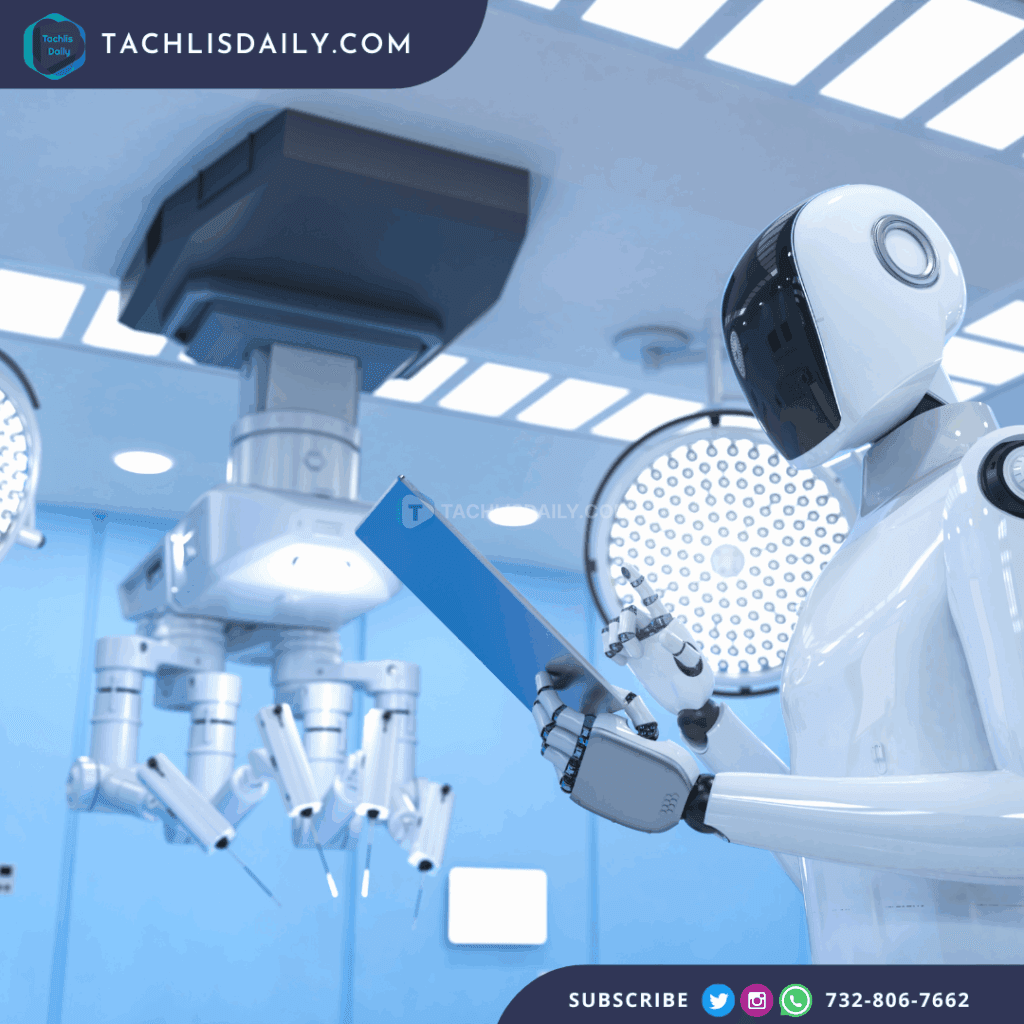As healthcare systems across the globe grapple with overcrowded hospitals, staff burnout, and growing medical backlogs, a breakthrough in robotic technology may offer a timely solution. Researchers at the University of California San Diego (UCSD) have successfully tested a humanoid robot capable of performing real medical procedures, signaling a new frontier in how care might be delivered in the future.
The robot, known as the Unitree G1, is equipped with advanced robotic hands and a teleoperation system that allows a human to control it remotely using motion-tracking technology. This setup enables the robot to complete both routine and emergency medical tasks from physical examinations to life-saving interventions like endotracheal intubation and ultrasound-guided injections.
Unlike traditional surgical robots, which are often prohibitively expensive and limited to specific functions, this humanoid machine offers remarkable versatility. Controlled through foot pedals, virtual reality trackers, and cameras, the robot demonstrated an ability to perform seven different medical tasks. These included auscultation, palpation, Bag Valve Mask ventilation, and administering injections with a 70% success rate even when operated by non-clinicians.











